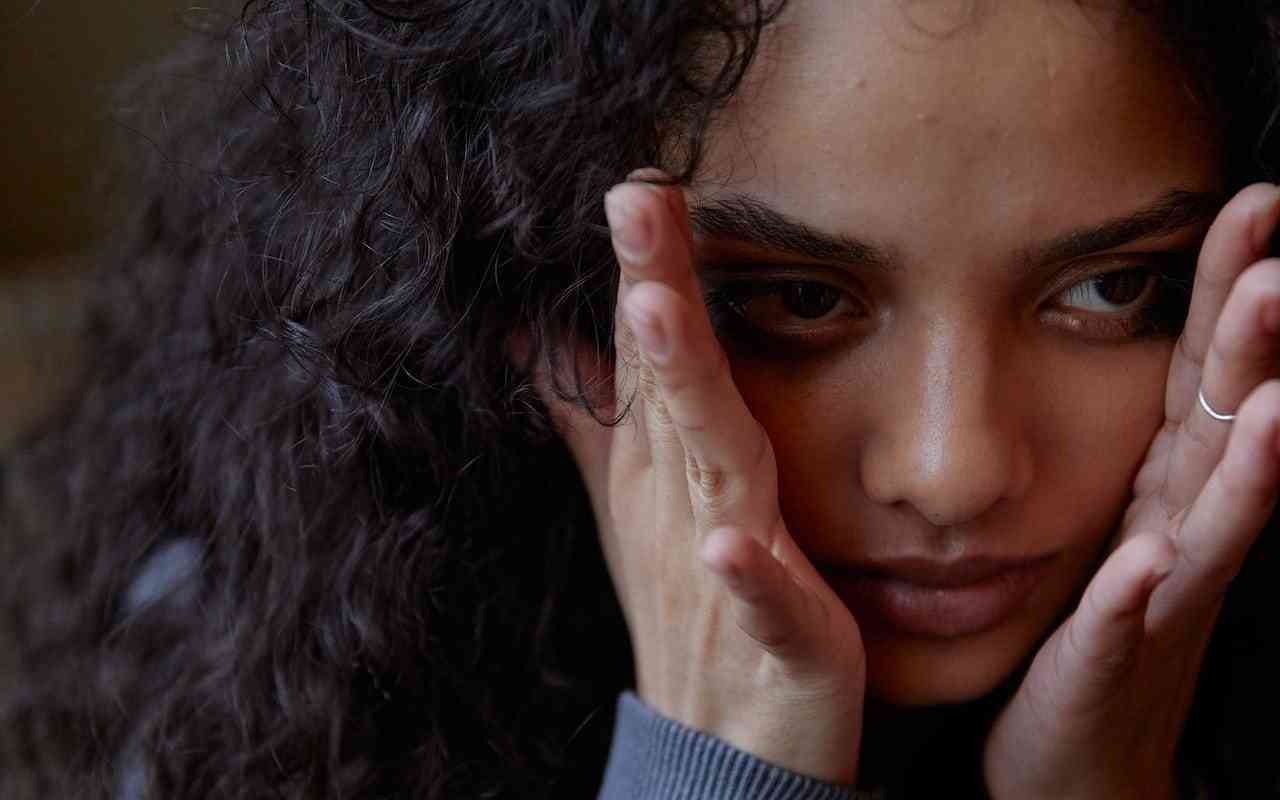
Mental health is a term in India with widespread stigma and discrimination attached to it. India, a developing country, has the highest prevalence of mental illnesses compared to any other country.
According to the National Mental Health Survey, more than 13% of Indians will experience “deteriorated” mental health at some point in their lives.
It is no surprise, then, that there are many common mental health illnesses that Indians suffer from. ‘
Here are some of the most common ones:
1. Depression
The World Health Organization’s data shows that at least 57 million people in India are affected by depression.
You will be surprised to find out how many people in India suffer from depression every year.
Some early signs of depression include:
- Constant sadness for prolonged periods.
- Loss of interest in personal and social activities.
- Low self-worth
- Erratic sleep cycles
- Loss of appetite
- Loss of interest in daily activities
Each of these activities can harm a person in different ways, and it can affect their school and office work and many other areas of their life.
If depression progresses and becomes severe – suicidal thoughts and actions may set in.
Hence, support from friends, family, and health experts therapy is necessary.
2. Anxiety Disorders
There are many forms of anxiety disorders. According to the National Mental Health Survey data, phobic anxiety disorders (anxiety as a result of intense fear) account for nearly 2% of the disease burden in India, and other anxiety disorders make up an additional 1.2%. Obsessive-compulsive disorder (OCD) makes up for 0.8% of the disease burden in India.
Those with anxiety disorders may feel irritable, restless, angry, and have difficulty concentrating or sleeping.
It should be noted that, to some extent, anxiety is a normal emotion in situations that provoke fear or excitement. However, when the frequency or intensity of such anxiety spikes, it may indicate an anxiety disorder.
Anxiety disorders can be managed with therapies that help relieve stress. Previous studies have shown that behavioral and psychological treatment has positive results clinically.
3. Schizophrenia
Schizophrenia is a mental disorder that involves psychosis. A person is not in touch with reality and often sees, feels, or hears things that do not exist. They also show emotional and behavioral imbalances, like laughing without a reason and mumbling.
The best treatment for schizophrenia is medication, and psychosocial support can also help greatly. However, as this illness progresses, patients often become reluctant to seek medical help.
4. Bipolar Disorder
Bipolar is a disorder that is associated with episodes of mood swings ranging from depressive lows to manic highs.
Bipolar disorder is characterized by the following:
- Sudden changes in mood
- Irritation
- Loud speech
- Increased activity and decreased sleeping time
Medicines, psychological therapy, and support from friends, family, and society can help to manage this condition.
5. Eating Disorders
Though these disorders are more prevalent in the West, Indian teens are also falling prey. However, there are no official figures for the same.
Both eating too much and too little can be signs of an eating disorder. Anorexia nervosa, which is self-starvation, and bulimia nervosa which is binge eating followed by purging or vomiting, and then a period of starvation and excessive physical activity, are examples of eating disorders.
Eating disorders have strong psychological connections and need to be controlled early on. Awareness, nutritional guidance, and psychotherapy can help treat eating disorders. Doctors may also prescribe medications.
In conclusion, it is essential that we take note of or recognize such signs for each of these disorders and help those in need. Most people often miss such signs and symptoms of mental disturbances, so psychoeducation and systematic understanding or awareness about these illnesses are imperative.
Follow me down the rabbit hole!
I'm Alice and I live with a dizzying assortment of invisible disabilities, including ADHD and fibromyalgia. I write to raise awareness and end the stigma surrounding mental and chronic illnesses of all kinds.










